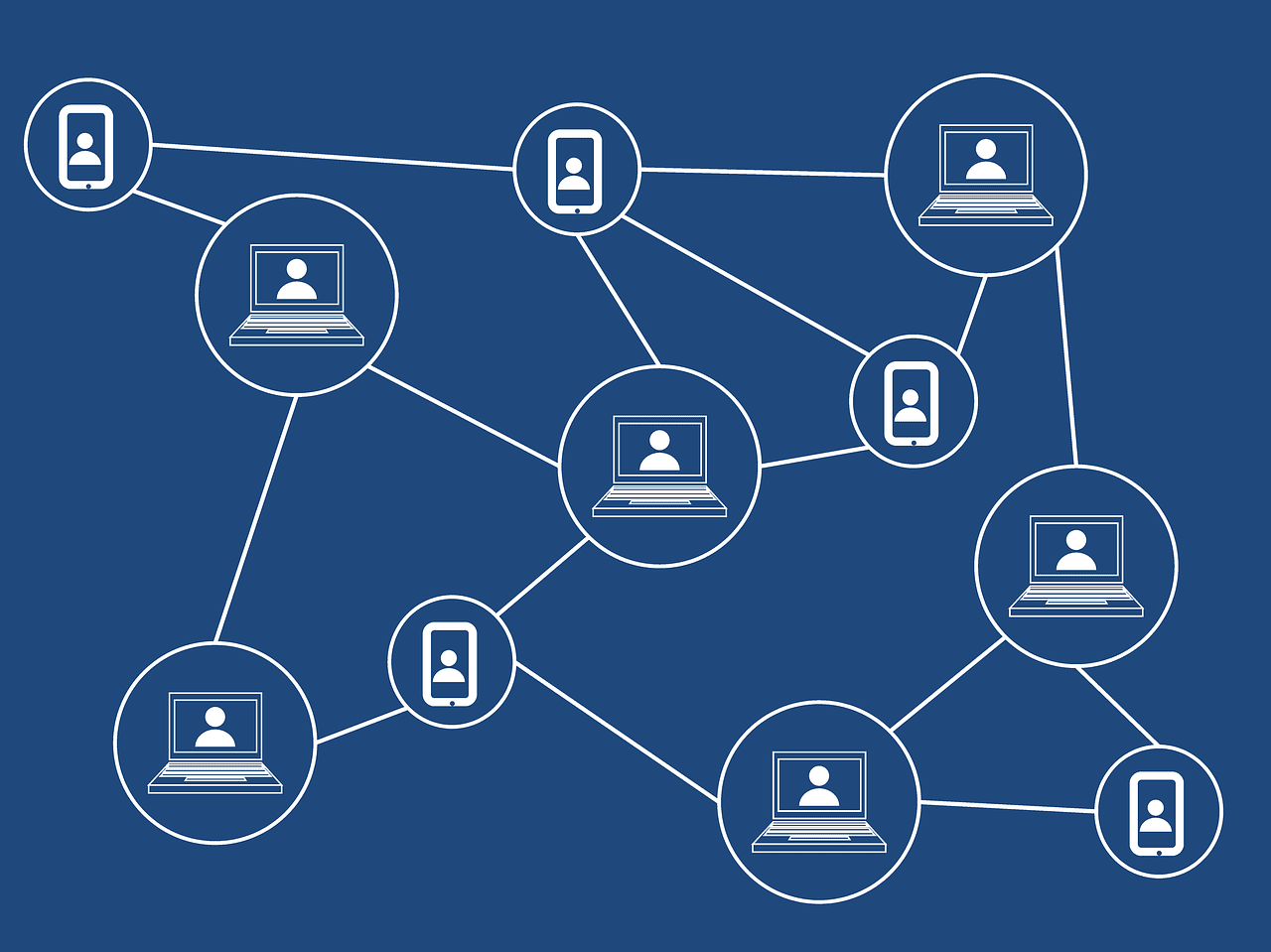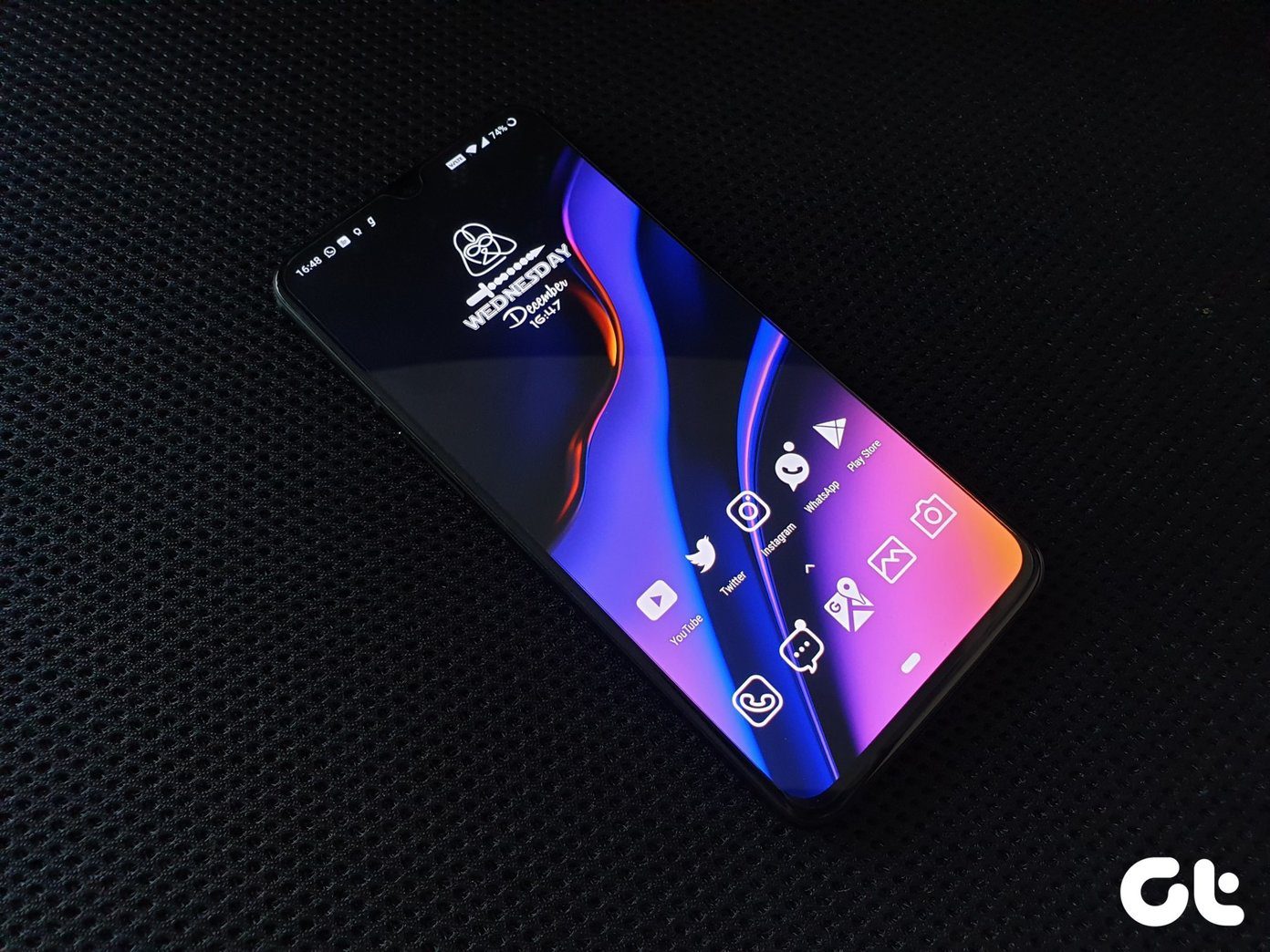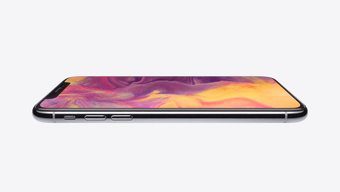We have come a long way since then. Today, the smartphones that we use and flaunt are the result of years of research and development and some great innovations that power the devices today and will carry on in the future as well. The technologies and innovations that you are currently using decide how when your next purchase will be as the technology keeps evolving rapidly. So, here are 6 groundbreaking innovations that have changed smartphones for ever.
1. Dual Cameras
It all seems just like yesterday when world’s first dual-camera enabled smartphone was announced. At that time, it was a big deal to have a high-quality phone camera and a few brave souls like LG and HTC included two of those in one device. However, the use of these cameras was entirely different and it was initially designed to do 3D videos. From 2011, a lot of things have changed and every big and small brand today is offering dual cameras in their smartphones, and it’s not for 3D videos. This trend died when device makers could not offer 3D in smartphones and resorted to 2D imagery and video. But then, HTC came up with their own version of a dual-camera system with the M8. Now, we have dual cameras in every flagship phone, even the iPhones have joined the club. Dual cameras are the go-to thing and why not. These cameras offer better imagery, depth color capture compared to single camera units. However, I would have loved to see more work being done in the 3D space. If you think that 2 is a small number, think again. We will not see triple-camera systems in smartphones anytime soon. It took the industry many years to create this technology and, even today, we are far from being perfect. However, I believe that we will have the best dual camera setup in the near future. Sorry, Apple. You’re just not there yet.
2. OLED Display
From picture tubes and flat screens, we have progressed to an era where we are making devices as bendable as the human hand — all thanks to the OLED display. Since their inception in 1996, smartphones or PDA’s like the Nokia 9000 Communicator have been using a super-twisted nematic monochrome display that made them weigh a massive 397 grams. Yes, there was also a hunk of a battery in those devices but the displays made a much bigger difference. With technology, smartphone makers gradually moved towards LCD displays that were slim, offered color and weighed much less. Apple was one of the first few companies to offer devices with LCD displays in 2007. From LCDs, we moved on to TFT-LCD panels, then to the IPS and, finally, we arrived at the era of OLED displays that offer a number of advantages. They are very lightweight as they are made of polymers. Thanks to the OLED screens, devices are now made very slim since they do not need an additional layer of backlighting, which is required in LCD panels. Take any new flagship smartphone, for instance, the display is sure to be OLED. Going forward, OLED display is going to be more common as manufacturing bezel-less devices or even more futuristic models like flexible displays can only be possible with OLED screens. Such an array of advantages make OLED display the primary choice for future devices unless we start making holographic displays like the ones we see in movies. Total Recall, anyone?
3. Biometric/Facial Security
According to the book, Inventive Approaches for Technology Integration and Information Resources, edited by Mehdi Khosrow-Pour, there is evidence that fingerprints were used as a person’s identification mark as early as 500 BC and, even today, biometric security is revered as the most reliable security system. That’s the reason why most smartphones – budget or flagship – rely on this tech for security. This year, Apple took the world by surprise when they announced the next level of smartphone security systems in the form of facial recognition technology, prosaically called Face ID. The thing to think about here is how biometric and facial security systems have made our lives so much easier. Now, with just at a tap of a finger or just a glance, one can unlock a smartphone. Remember that alternate reality that existed a few years ago where you had to resort to PINs and patterns to unlock your smartphone? Feeling a bit uncomfortable, right? Well, that’s the impact this technology has made on smartphones and our lives. Now, the next big debate is whether the future holds more promises for biometric or fingerprint-based security or will it fully resort to facial recognition. In my opinion, both technologies can and most probably will coexist as they both have a number of advantages of their own. Numerous people have tried comparing the two technologies and even though facial recognition is growing slower than fingerprint scanners, it will soon become the same for both. However, future devices should feature both the technologies for the convenience of all users.
4. Wireless Charging
Although wireless charging only started appearing with mobile phones in 2012, consumer appliances such as motorized toothbrushes have been using wireless charging since early 1990’s, which proves that this technology is nothing new. So, why was the mobile industry so reluctant towards wireless charging? The answer lies in the biggest flaw of wireless charging that is its inability to recharge devices fast. This is why it was okay for smaller appliances to use the technology but it failed to pick pace with mobile phones. However, in recent times, few brands have started reinvesting in wireless charging heavily and things are looking in favor of the technology. Similar to the biometric security system, a wireless charging system helps reduce a lot of issues that can arise due to the use of wires. So, will we see wireless charging booming in the future? The answer is yes. There are a few device makers and independent brands working closely to make wireless charging more efficient than a normal wire-based charging system.
5. Machine Learning
In recent times, the term Machine Learning has become very common. From Apple to Google, software companies are making use of this revolutionary technology to promote their range of products. So, what’s machine learning all about? As the name suggests, it involves a machine that learns new things without the help of any additional programming. Take Android’s smart unlock feature for instance. It allows a device to locate its user, recognize a familiar place such as his or her home or office, and unlock the device and perform pre-selected tasks depending on the pattern it recognized from routine activities. Pretty neat right? Here, the machine is learning something to perform tasks on its own. With the rise in the development of artificial intelligence, machine learning has a massive role to play in the future. It must be noted that though machine learning and artificial intelligence go together, they are not the same things as there are a number of differences. Tech giants like Microsoft are using machine learning for applications such as SMS Organizer where a small program is included in the device that tracks text messages and makes a simple yet comprehensive report of your expenses at the end of each day.
A Smarter Future
Future smartphones will rely more and more on such technologies to make our lives easier. One thing is for sure that the all these technologies will not only change the face of smartphones but also our lifestyle as we become more dependent on the little devices in our palms and pockets. Let us know in comments which of these innovations have changed your smartphone experience. The above article may contain affiliate links which help support Guiding Tech. However, it does not affect our editorial integrity. The content remains unbiased and authentic.











